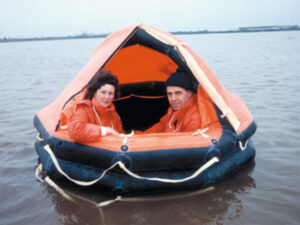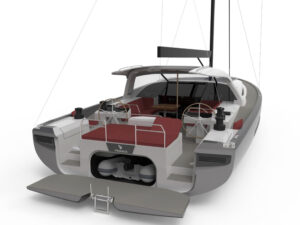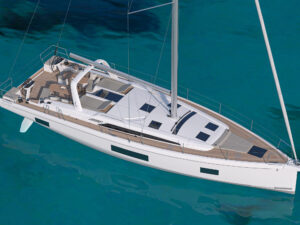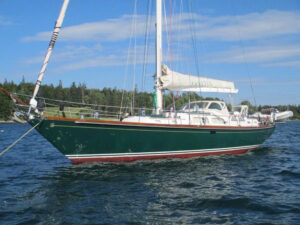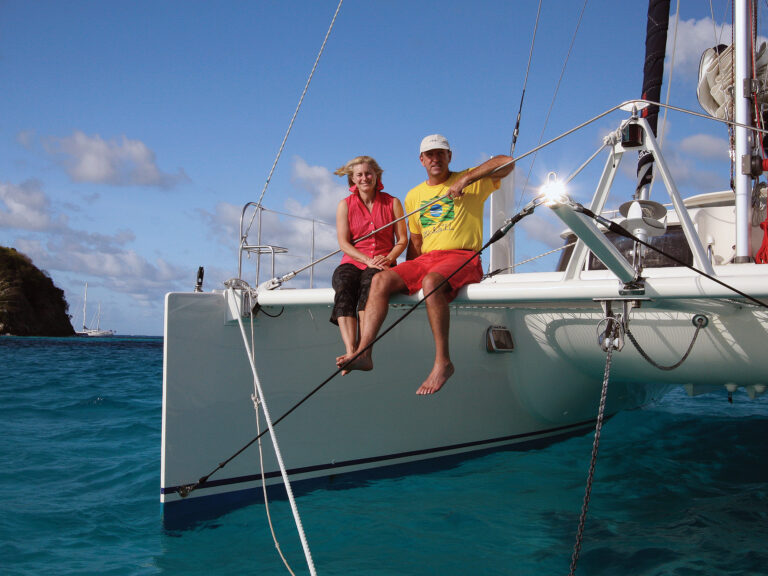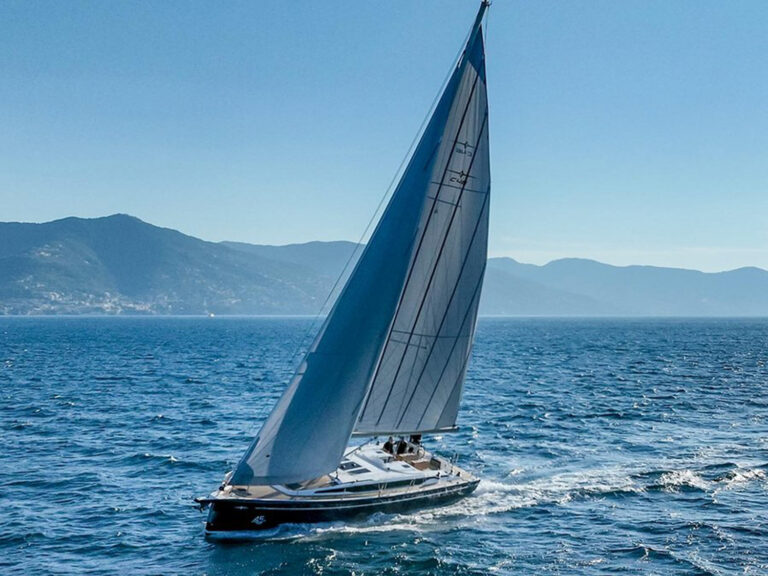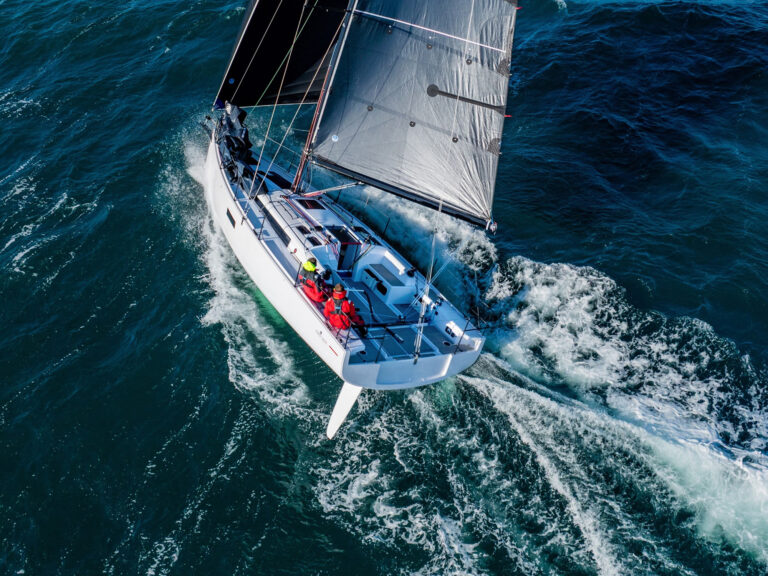Whether undertaken while racing or cruising, the downwind passage from the western coast of North America to Hawaii is one of sailing’s classic bluewater voyages. Arriving among the lush, green, volcanic hillsides of the island chain is as good as it gets.
For several solid reasons, most Hawaii races begin in July. Temperatures are mild, the days are long, and the jet stream has moved north, as have the tracks of the low-pressure systems that follow it. These factors all influence the development of the summer’s pre-eminent atmospheric feature, the Pacific High. This high-pressure system usually establishes itself over the North Pacific by late June. Plotting the quickest and most efficient route around its windless center–a veritable parking lot–is the key to a successful trip.
Unfortunately, this lot is usually stationed directly across the shortest route to Hawaii from many popular U.S. West Coast departure points and starting lines. Furthermore, the high isn’t static but can change shape, size, and position several times during the course of a passage.
The Pacific’s traditional, steady, 18- to 25-knot northeasterly trade winds spin off the lower section of this circular weather system. However, the first hurdle in any passage from North America to Hawaii is taking leave of terra firma and its effects on the local breeze and latching onto the “gradient” wind generated by the Pacific High.
The first major decision is where and when to cut the corner at the bottom of the high to “cross the ridge” into the dependable trades. This is a tricky call: You don’t want to sail too close to the high on the shortest route and risk losing the breeze, but you also don’t want to add any unnecessary distance by sailing too far south in search of steady wind pressure.
In practice, boats hold course on starboard jibe while navigators study the spacing of the isobars to determine the route to follow for the optimal wind strength, in effect choosing a lane for the islands. This choice has to be made early, sometimes even before reaching the gradient wind of the high. Once the initial waypoint is set, you’re committed to your lane. Navigators spend the next few days and nights looking for any sign of instability or movement of the high that might alter their plans. Clues can be found by monitoring the upper-air, 500-millibar charts, which provide a graphic preview of wind patterns to come.
If you sail too close to the center of the high, winds begin to soften, and you must sail higher and tighter angles to maintain good boat speed. Especially when racing, jibing onto port is a poor option because you can end up pointing well behind the boats that crossed the ridge farther south. It can almost appear that you’re returning to the mainland. That said, because the breeze will continue to falter, the longer you wait to bail out of a bad situation, the worse it gets. Meanwhile, choosing the correct lane means nice, steady pressure along the shortest possible course.
Once the ridge has been crossed and the trades fill in on a steady bearing of about 070 degrees, the toughest part of the navigator’s job is over. Most crews will then maintain a starboard jibe until reaching a position dead upwind of Hawaii. From there, it’s wise to sail the favored jibe, which is determined by where the pressure or wind strength is expected to be strongest.
In last summer’s Pacific Cup race, the high-pressure system was particularly round and stationed in a more northerly position than usual. With a staggered start over the week of June 28 to July 2, the first boats set a more traditional southerly course out of San Francisco. When the four-boat racing class that included Icon started on July 2, the high had slid north, and boats were able to sail the shortest route and maintain breeze. Some even sailed north of the shortest route on a heading that in other years would pass through the windless center. Meanwhile, the isobar spacing along the southern route was wider, resulting in lighter winds of insufficient strength to overcome the distance sailed. Nonetheless, the 16-knot average wind strength we saw on Icon for much of the trip made for some great downwind sailing.
Physician Kevin McMeel is a seasoned offshore sailor. He assisted British sailor Ellen MacArthur with navigation aboard the 110-foot catamaran Kingfisher 2 in her 2002 Jules Verne round-the-world attempt, a voyage that ended after a dismasting off Australia.

